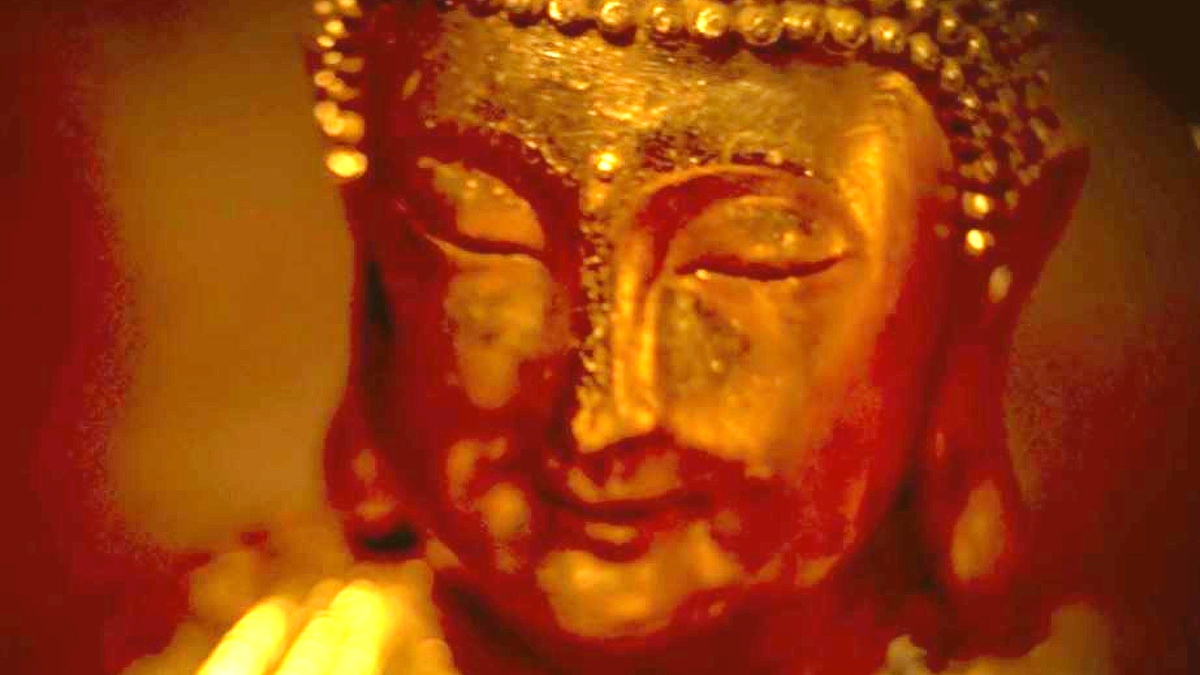
This Sunday kicks off a new season of Forbidden History on Science Channel.
The series travels the world and brings back — via compelling stories and new research — the most debated, unknown, and forbidden secrets of the past.
We will see astounding treasures, sacred scrolls, hidden artifacts, and buried secrets – as Forbidden History opens up a whole new light on so many mysterious moments from the past and verifies or debunks some pretty remarkable stories.
In an all-new season, Forbidden History experts weigh history with hoax and fact with fiction to uncover the truth while taking us back in time or exploring present-day enigmas.
Our exclusive preview is of the premiere this weekend that will feature the long lost Japanese gold of World War II.
Was it buried in the islands around the Philippines and does it actually exist?
Yamashita’s gold, also called Yamashita’s treasure, was supposed to be the squirreled away gold stolen in Southeast Asia by Imperial Japanese forces during World War II and reportedly hidden somewhere underground in the Philippines.

The new season will span time and cover the globe
The producers will bring research on the clandestine mission by the Monuments Men to retrieve sacred relics taken by the Nazi hordes from across Europe. Hitler was a failed artist who led the Nazis in the theft and looting of famous works of art from Jewish families. In all, they robbed millions of people of their money and possessions.
These Nazis stole priceless paintings, sculptures, drawings, religious, and cultural artifacts too; all considered fair game from all of the Nazi-occupied territories, Europe’s churches, universities, and private collections. Even the stained glass from Strasbourg Cathedral.
In 1943 the Allies established the Monuments, where upwards of 350 men and women from 13 countries joined the unit known as the Monuments Men. These mostly volunteers were academics, curators, architects, archivists, historians, and other professionals.
In Turkey, there is an unusual boat-shaped rock formation believed to be the physical remains of Noah’s Ark. The Durupinar Site is a natural but controversial rock formation in Turkey — just a few miles north of Iran — located near several mountains in the Ağrı Province.
Preserved in Italy’s Turin Cathedral is one of Christianity’s most mysterious relics is the Turin Shroud. Believed by some to be the burial cloth in which Jesus Christ was wrapped following his crucifixion over 2,000 years ago, the Turin Shroud could be the proof that Christians have to claim that Jesus Christ was who he said he was. But is it real or are there other explanations that could explain its mysterious properties?
The Shroud is a piece of linen fourteen and a half feet long, and kept at the San Giovanni Battista Cathedral in Turin, Italy, since 1578. Prior to its resting place, a French knight, Geoffroi de Charnay, in 1354, reportedly had the Shroud. The features of the Shroud include the visible impression of a full-scale image of a man with arms crossed over his waist, and also visible bloodstains.
Also explored are the great stone and masoned pyramids. They are one of the greatest wonders in the world, and pyramids can be found across the globe in places such as Mexico, Egypt, Cambodia, Greece, Sudan, and Italy.
But how much do we really know about them, and how did these vastly different and secluded peoples from different civilizations independently create the same structure? Or did ancient aliens create a blueprint that was handed down by a common ancestor?
Forbidden History airs Sundays (premiering on April 5) at 9/8c on Science Channel with a special two-hour premiere episode.